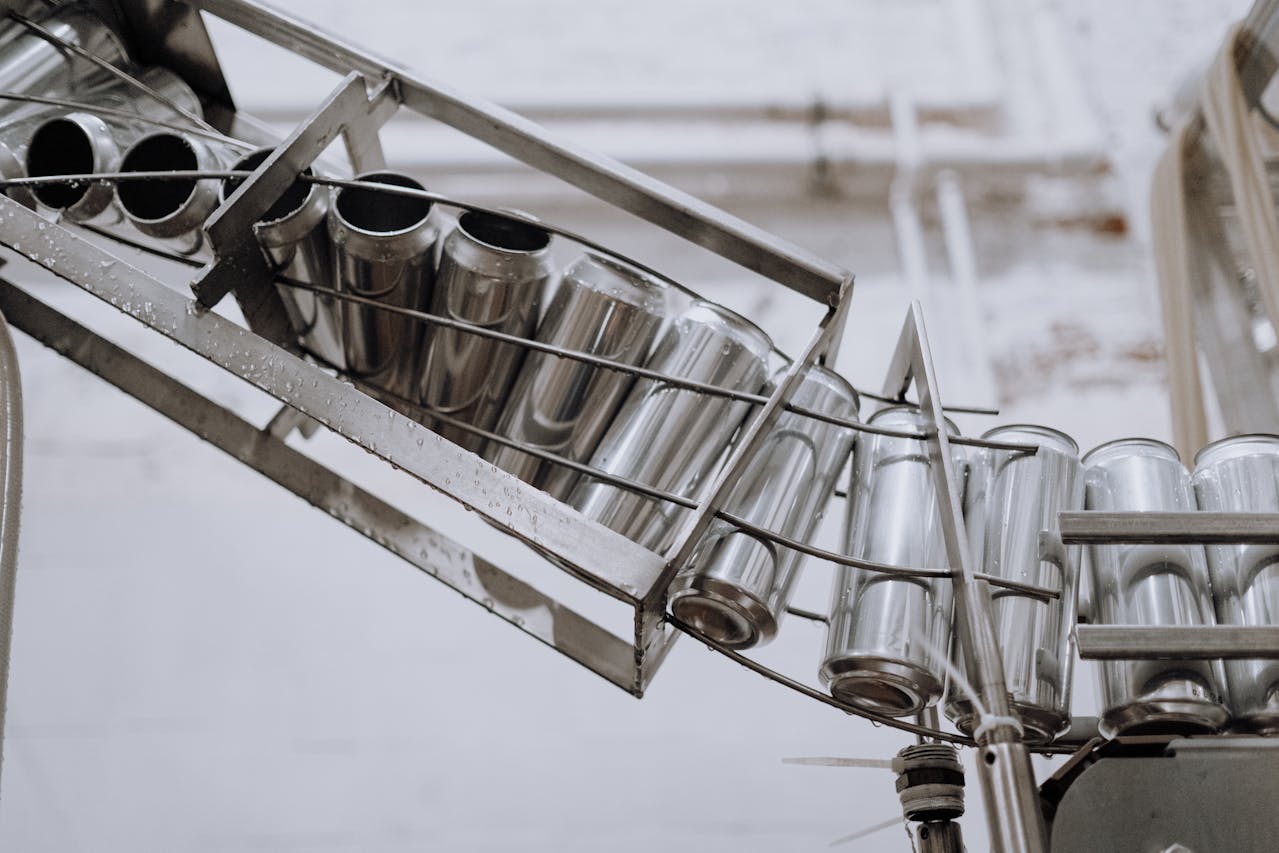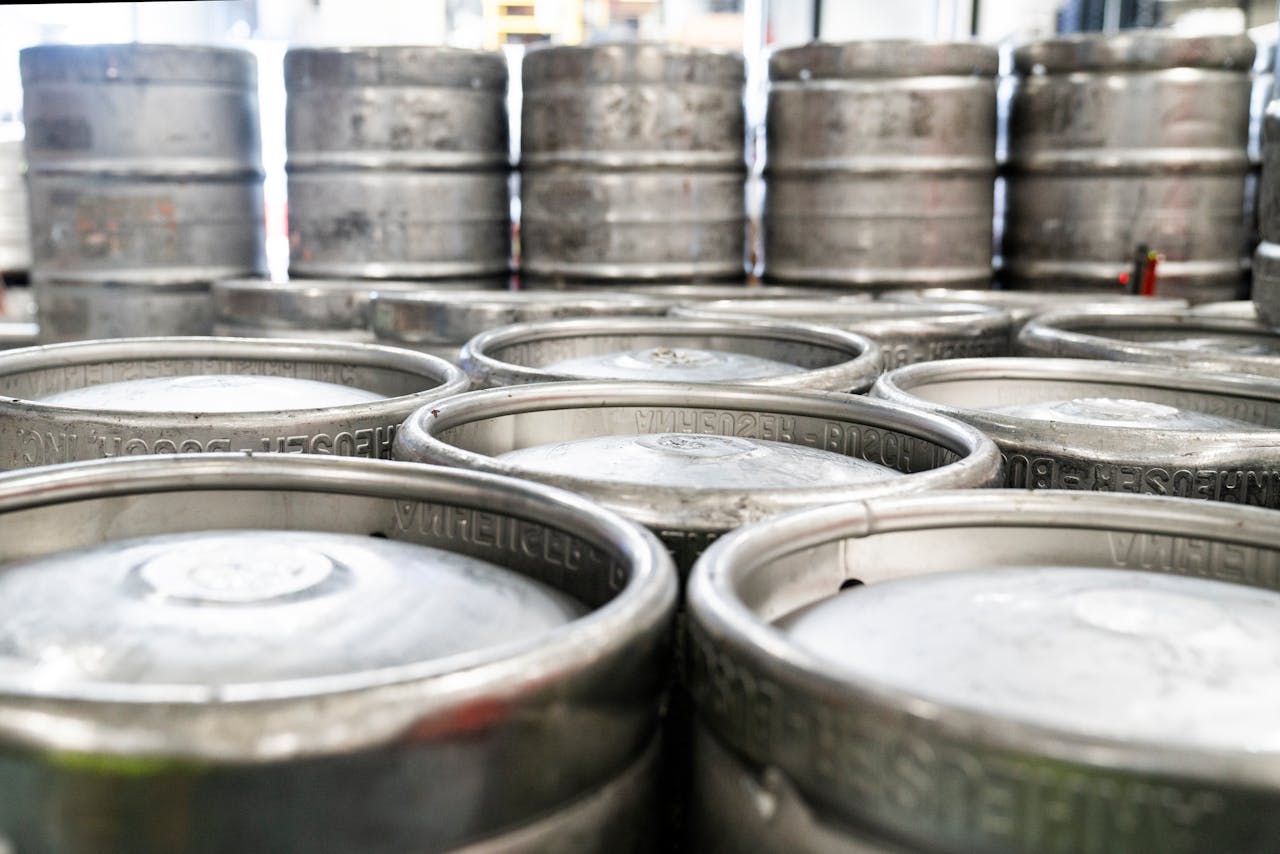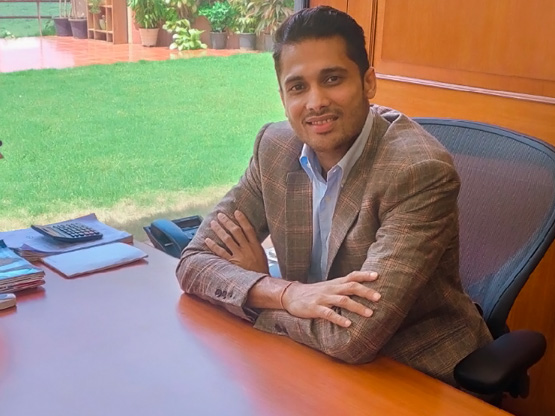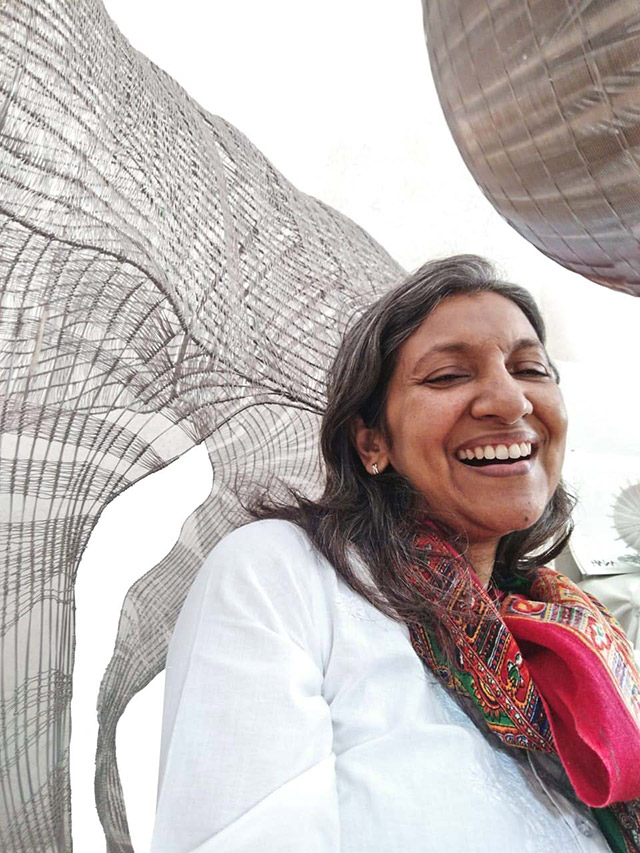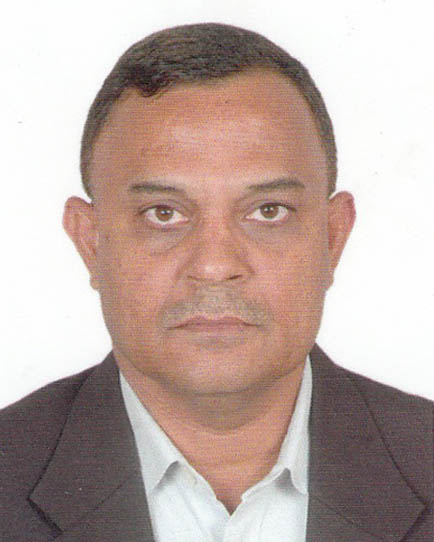Mr Yatinder Pal Singh Suri
November 29, 2021
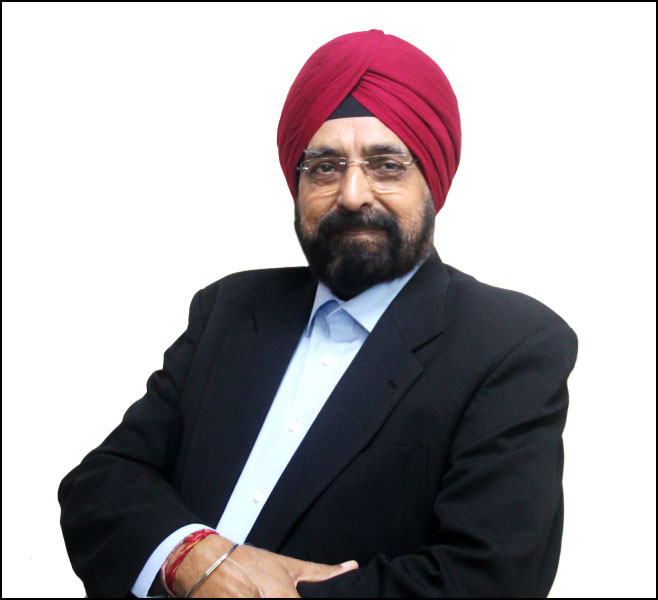
“Stainless steel stands the tallest among competing metals.” says former Country Head & Managing Director, Outokumpu India, Mr Yatinder Pal Singh Suri. Born in the ‘Steel City of India’ in a family of steel-men, this recipient of Distinguished Alumni Service Award of IIT Kharagpur traversed auto and steel sector before arriving at stainless steel. Talking about his mantra in life he says, “Whatever Company I work for, has to be the best!”
Read about the interesting and inspiring account of Mr YPS Suri as he takes us through the early years of stainless steel sector in India, in an exclusive interview with Stainless Post.
Who is YPS Suri? Take us back to your early days.
I was born in the ‘Steel City of India’, Jamshedpur. My grandfather used to work in the human resources department of Tata Steel and my father was employed in its Steel Melting Shop. For this very reason, the steel sector always felt personal to me. I grew up in a joint family where my ethical grooming and leadership style came from value-based upbringing from my grandfather who valued human touch in everything he did. As a child, I was fond of singing, playing, and studying. I completed my primary education from Arya Samaj School, Jamshedpur. I then continued my studies in Uttar Pradesh after my family moved to Modinagar. I topped my senior secondary classes and later cleared JEE (Joint Entrance Examination) to finally be accepted by the prestigious Indian Institute of Technology, Kharagpur. In my final year 1974-75, I led the students as the Vice President of Students Gymkhana. In August 1975, I graduated from the institute with a bachelors in Mechanical Engineering and joined Tata Motors (then known as TELCO). My initial training there played an instrumental role in further developing my value-based leadership principles. After an extremely rewarding stint with Tata Motors, I decided to be a part of the raw material side of auto sector and joined Ferro Alloys Corporation (FACOR), Nagpur during late 80s.
What led you to enter the stainless steel sector? Take us through your career in the sector.
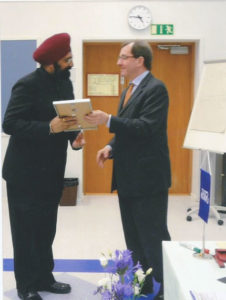
I remember how as a child, my mother would buy gleaming utensils in stainless steel during the festival of Diwali every year. At that time, stainless steel was expensive, and considered a prestige symbol in households. This was the trend until Jindal Stainless made the metal available and affordable to masses. It’s a matter of pride for me that even after 65 years, I have water every morning in the same glasses my father-in-law bought when my wife was born and then gifted to us on our wedding.
During my time at Ferro Alloys Corporation, I witnessed the best of steel making and casting process technology. As a company that developed super clean alloy steel for automotive components, FACOR had everything – from ladle refining to vacuum degassing, AOD, VOD, snorkel casting, etc. As the acting CEO, I analysed the customer and product matrix to drive profitability. For the first time in 17 years, the Company reaped profits and never looked back. Having driven this golden phase for the company, we now wished to go global. We saw great potential in the evolving stainless steel sector. We took up global marketing in stainless steel for the Company. This gave me an exciting opportunity to learn about customers and producers abroad, and the customer product expectations. Initially, we failed to deliver several orders as they were high-end in terms of quality which took time to develop. This was a first-hand learning of our domestic stainless steel production capabilities.
Later, I joined Baroda-based (Gujarat) stainless steel long product manufacturer, Panchmahal Steel Ltd. as their Corporate Vice President. Here, I helped them develop export markets for their long products.
Another exciting experiment came in the form of SteelRX, India’s first independent eCommerce transactional platform for steel that offered content and insights on the Indian steel business and helped companies discover the best selling prices through online auctions. The first e-commerce transaction of Steel Authority of India (SAIL) was done on this platform. My experience at SteelRX led me into an interaction with Outokumpu management during one of their visits to India. As luck would have it, the management offered me to start and head their operations in India. I joined Outokumpu in June 2006 and went on to superannuate as the MD & Country Head in September 2019.
What are some of the most rewarding moments of your professional career?
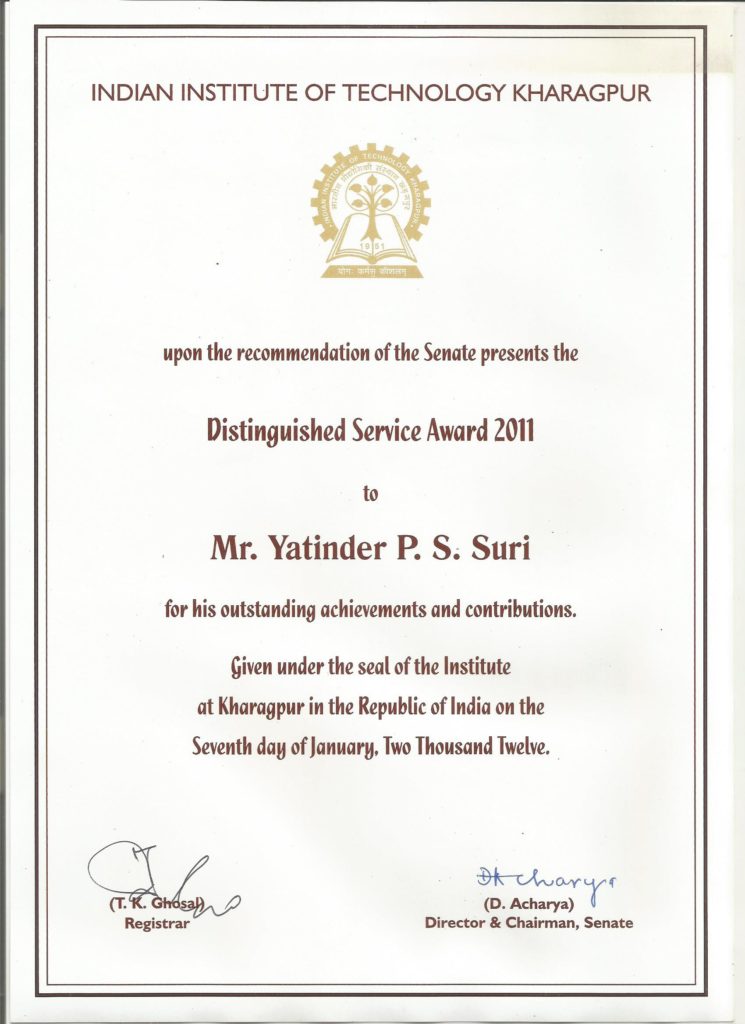
One of the most cherished moments was right after my training at Tata Motors when I was made the Executive Assistant to the then apex authority- Director and General Manager. It was attributed to my excellent performance during my training. At this time, I was also selected among the 20 brightest engineers to interact with the then Chairman of the Company, Mr Sumant Moolgaonkar. His winning formula, “Don’t pass on your inefficiency to the customer,” still echoes in my mind.
A great moment for me to rejoice was when my alma mater, IIT Kharagpur, bestowed upon me the ‘Distinguished Services Alumunus Award’ for providing outstanding service to the Institute. This was indeed an overwhelming achievement as I was one amongst the select few hundred alumni out of a pool of more than a lakh alumni.
Another big achievement came in the form of Outokumpu. This was a big responsibility as it was challenging to steer a foreign brand through the complex Indian market, while competing with the domestic players. However, the fact that Outokumpu introduced global products that were not produced in India, it motivated the domestic industry and raised the bar for the Indian market.
In your opinion, where does India stand vis-à-vis its global peers? What are your suggestions for the industry?
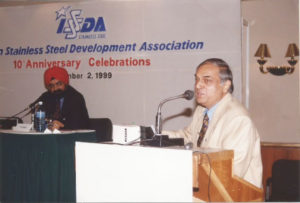
meet with Mr NC Mathur
Stainless steel has the potential to last through generations. For this reason, all major stainless steel producers are today required to develop stainless steel that is sustainable. Apart from that, my experience at Outokumpu has made me realise that Indian stainless steel producers can adopt a holistic vision for pollution free production. Smoke- and dust-free shop floors, unmanned vehicles to carry material, automated machinery, and a hygienic environment are well within reach. When Sustainability and Automation become the mantra for the whole company – right from the bellboy to the MD office – only then can the organization gear itself to achieve these goals. In my opinion, considering what stainless steel manufacturers in Europe have achieved, Indian producers can do it faster and better.
As a technocrat and a major voice in the stainless steel sector, what is the one cause that you have been dedicated to?
Corrosion mitigation! It’s not restricted to particular geographies but is a worldwide challenge. The worldwide cost of corrosion is said to be 3.4% of the global GDP. For Japan it is 1%, followed by USA at 2.7%, Europe at 3.8% and India and China at 4.2%. These numbers pose a big opportunity for stainless steel to grow rapidly. However, it has to be done responsibly with a partnership approach. For this, stainless steel associations across geographies have to step up and promote stainless steel as the optimum solution that fights corrosion. Apart from this, there is a need to introduce focused awareness and education campaigns across the industry segments of India taking along the Corrosion Mitigation Mission of Indian government. One success story in this regard came in when after lengthy discussions with RDSO and Indian Railways, the Railways issued an official document mandating the use of stainless steel within 30 kms along the 7000 kms of Indian coastline. This presents immense potential for the metal in the form of railway stations, foot-over-bridges, Drinking water storage & distribution and other railway infrastructure.
Similarly, the oil & gas and chemical industries are also facing severe corrosion related issues. India does not have a national standard for fighting corrosion. We also lack corrosion-certified engineers to carry out audits and suggest corrective measures. This can be achieved by setting up designated centres of excellence across corporates, public and private, that are backed by the government and structurally address corrosion.
The Indian government has launched the Indian Corrosion Mission under the nodal leadership of Ministry of Chemicals & Fertilizers. My suggestion to major stainless steel producers would be to aid this initiative and aggressively campaign against corrosion through CII (Confederation of Indian Industry) Corrosion Management Committee.
In comparison to other key sectors, what do you think will be the ‘next big thing’ for the Indian steel and stainless steel sectors?
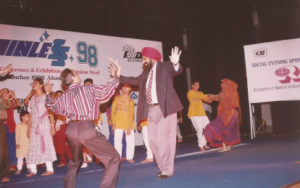
The Indian steel and stainless steel industry has a strong network of service centres and stockyards. Also, having suffered a pandemic of this magnitude and observing the market pick up ever since, major manufacturers are now, more than ever, well positioned to efficiently manage their inventories and supply chains. Considering this, I believe that the next big thing for the Indian steel landscape would be to introduce ‘webshops’; IT-enabled platforms for customers in remote areas to buy your premium products online. I am certain that if an overseas brand were to set up such a model in India, it would easily take up to 2-3 years, while an Indian company can achieve this within months. This can also be attributed to technically-savvy IT workforce in India.
Another crucial task to be taken up by the domestic industry is to re-standardize its stainless steel grades. India has to weed out low grades of stainless steel products floating in the market which give this metal a bad name. With the sector having invested in capacity expansion over the years, several new stainless steel grade chemistries have brewed to perfection which now deserve a national recognition. This will be important to ensure quality standards on the global level.
Apart from this, I would like to see JSL emerge as the leading player in manufacturing ferritics, low-nickel austenitics, and duplex family as per BIS and International standards. Let us be aware about the fact that India is better placed than its competitors in terms of rich availability of chrome ore mineral. My experience also tells me that these grades are most profitable and can be a great competitive advantage for JSL.
How has your association with Jindal Stainless been like?
I was reading the previous interviews on your website and came across one where you featured Mr Markus Moll. I was nostalgic while reading about the ‘dandiya dance’ he mentioned that we were a part of during one of ISSDA’s conferences in Ahmedabad. I remember an instance from that night when someone impersonating Mr Ratan Jindal’s assistant stole my mobile phone. When the matter came to Mr Jindal’s notice, he gifted me a new phone immediately!
I have also noticed that ever since Mr Abhyuday Jindal has stepped in, he has followed the vision of Shri O P Jindal to see Indian become Stainless Leader and to further enhance a strong foundation laid by Shri Ratan Jindal through transformation of the Company’s overall way of functioning and its customer feedback resolution to a level of higher efficiency. Even as the Head of Outokumpu India, I was impressed to see domestic customers praising the customer service functions of Jindal Stainless as superior to competition. I realised that you were doing a better job than all of us. As a proud Indian, I want India’s largest stainless steel maker Jindal Stainless to become the most recognized and respected stainless steel producer in the world.
Indian stainless producers must produce products conforming to BIS and International Standards only. IT systems and automation should be introduced on shop floors to improve productivity. This will not only bring in customer delight, but help develop loyalty between producers and customers. After all, profit is the premium a customer pays for satisfaction.
Additionally, Indian producers should not shy away from R&D tie-ups with the best to localise new innovations. They should recognise and reward industry success stories on sustainable initiatives. The concept of ‘Centre of Excellence’ should be introduced in the industry for corrosion mitigation and should dedicatedly work on substituting corrosion-prone carbon steels with stainless steel. The Indian Corrosion Mission must be revived to spur demand.
On the government front, Ministry of Steel and Ministry of Consumer Affairs must enforce stainless steel quality control order on imports and domestic production or sale. Moreover, the government should either cancel or revoke FTAs for the lack of a level playing field, or take stainless steel out of them. Along with this, ADD or CVD investigations should be taken up on priority to stop injury to domestic players.
